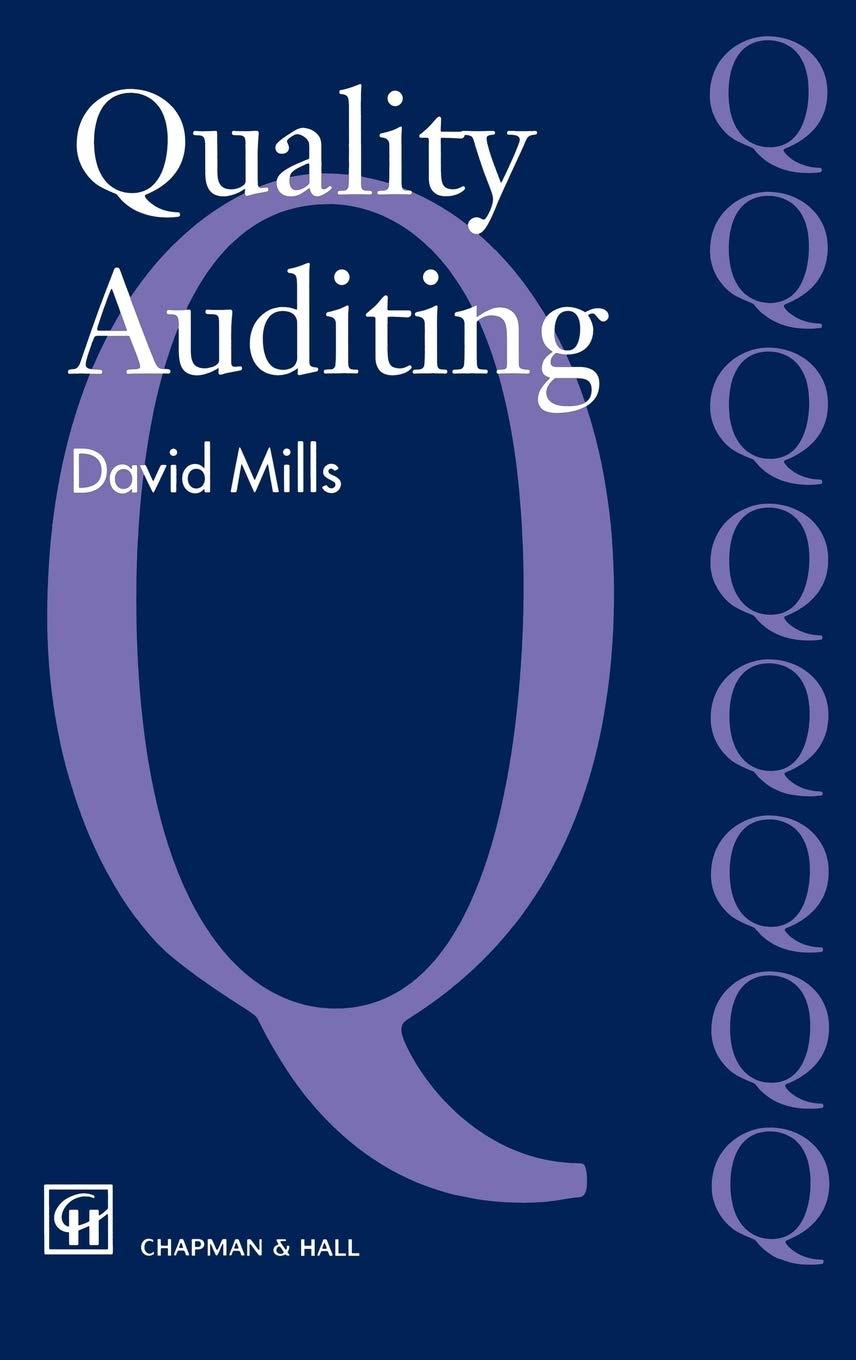Answered step by step
Verified Expert Solution
Question
1 Approved Answer
2. The Permanent Profitability Hypothesis Consider a firm which solves the infinite horizon value maximization problem subject to uncertainty given by max{It+s}s=0Ets=0(1+r1)sDt+ss.t.Dt+s=(Kt+s;t+s)It+sKt+s+1=It+s+(1)Kt+s 1 Here, capital

Step by Step Solution
There are 3 Steps involved in it
Step: 1

Get Instant Access to Expert-Tailored Solutions
See step-by-step solutions with expert insights and AI powered tools for academic success
Step: 2

Step: 3

Ace Your Homework with AI
Get the answers you need in no time with our AI-driven, step-by-step assistance
Get Started


